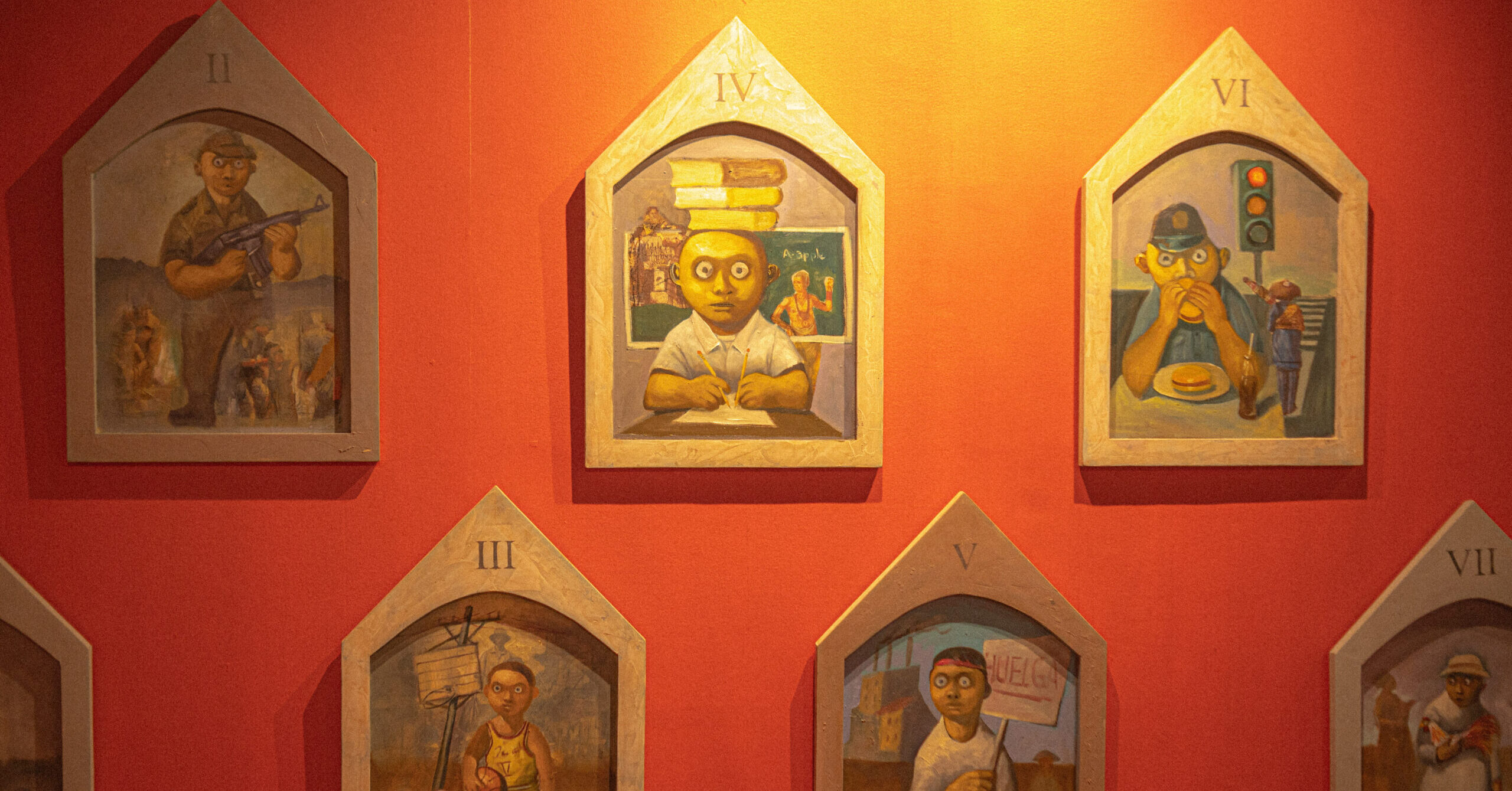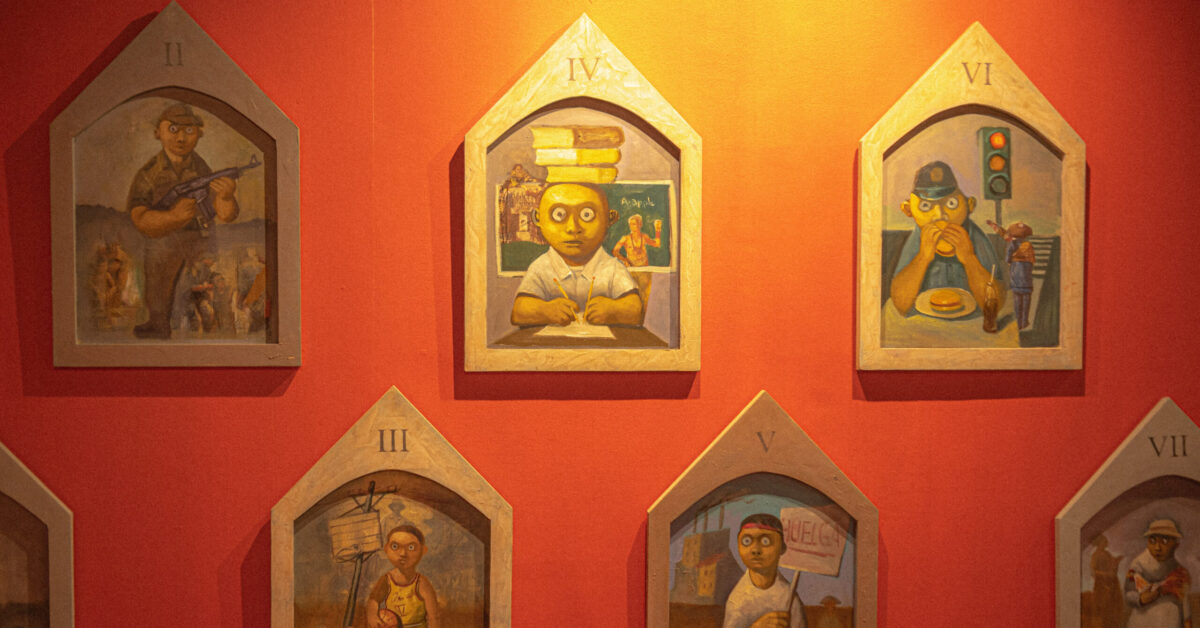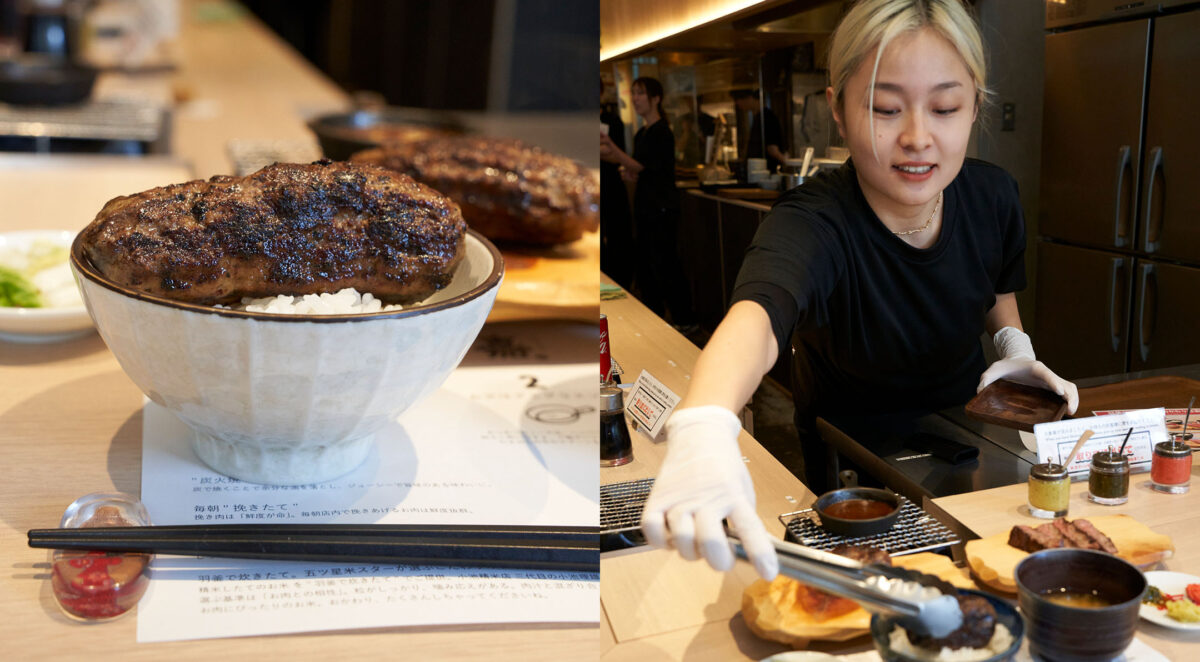While the spotlight has lately been on dengue, polio and other virus-borne diseases, the most widespread illness in children—five times more prevalent than asthma—continues to affect many kids. I’m talking about early tooth decay.
Cavities? No big deal, kids get them, their baby teeth will fall out anyway, right?
No, it’s a disease. Cavities are triggered by bacteria that use sugar to make acids that damage teeth. It erodes the structure of teeth by draining off the calcium. Even without causing pain, decaying baby teeth could mean rotten permanent teeth.
“When permanent teeth come into an environment where the baby teeth have already decayed, the same bacteria will attack the new teeth,” said Burton Edelstein, DDS, MPH, professor of dentistry and health policy at Columbia University.
There are more cases of early tooth decay partly because kids are eating more processed food like pretzels, crackers, sweets, juice and soda than before. Gummy candy/vitamins are also to blame.
Kids need their parents to brush and floss their teeth for them until they’re 6 because they can’t do it well yet. “They tend to brush the same teeth in the front over and over again, but don’t get to the back teeth or the inside surfaces,” said Paul Casamassimo, DDS, chief of dentistry at Nationwide Children’s Hospital in Columbus, Ohio.
Mary Lynn R. Abellera, DMD, pediatric dentist at Dental Nook Santana Grove Sucat, is more conservative: “Usually at 8-9 years old they have already developed the dexterity to brush their own teeth.” That’s right along the time when they’re adept enough to tie their own shoes.
I let my feisty 4-year-old daughter brush her teeth by herself, but I follow up with an “inspection,” going over it again. We then add a tongue scraping to get rid of bad breath-causing gunk.
It’s a great time to also introduce flossing, as it’s the only way to reach the cavity-causing plaque between teeth and below the gums.
Loose tooth
What to do when a child starts having a loose tooth? “Parents should condition the child that they will lose a tooth because there’s a new one coming out. Encourage the child to use the tooth in biting and brush it properly so it will wiggle more,” said Abellera.
Tempting as it may be, don’t yank it out. Said Grace Yum, DDS, a pediatric dentist at Children’s Memorial Hospital Chicago: “It’s better to let it come off on its own. Removing it early can be painful and may cause gum infection. Most kids are fascinated with wiggling a loose tooth and that’s okay, but be certain her hands are clean.”
What about when a child complains of pain during tooth development? “Generally, an erupting tooth does not cause pain, but if it does, see a dentist. In the meantime, it’s safe to give paracetamol,” advised Abellera.
With new permanent teeth in place, how else can we take better care of them? Ask your dentist to apply dental sealants, plastic coatings that can lower the chances of decay by about 89 percent.
Molar erosion
My 8-year-old son grinds his teeth in his sleep. This has led to the erosion of his molars, which makes biting painful. Since my son is too young to be fitted for a mouth guard, his bite is raised by applying a composite (“pasta” or filling) on the applicable surfaces every few months, depending on the severity of the erosion.
“Night grinding or bruxism is an unconscious habit. It is a sleep-related movement disorder. There is still no concrete cause but it’s usually a combination of psychological, genetic and physical factors,” explained Abellera. “Sometimes that’s how the child releases stress. Some grinders don’t need treatment, but they can wear night guards to protect their teeth.”
For parents who can afford it, cord blood banking is considered for its stem cell possibilities.
What about tooth banking?
Said Abellera: “Tooth banking is saving or storing baby teeth, wisdom teeth or healthy extracted teeth for regenerative medicine. The dentist will extract the tooth at a certain time to preserve the vitality of the pulp, then it will be stored properly and be collected by the tooth bank. Like insurance, there’s an annual cost for storage.
“Teeth are an excellent source of stem cells, the dental pulp, especially if it’s a young permanent tooth. Since regenerative therapies are on the rise, tooth banking is gaining popularity. However, it’s still not prominent in the Philippines. Usually it’s used only for autogenous grafting for dental implants, not for regenerative therapies.”
Looks like the tooth fairy is still in business. —CONTRIBUTED













































